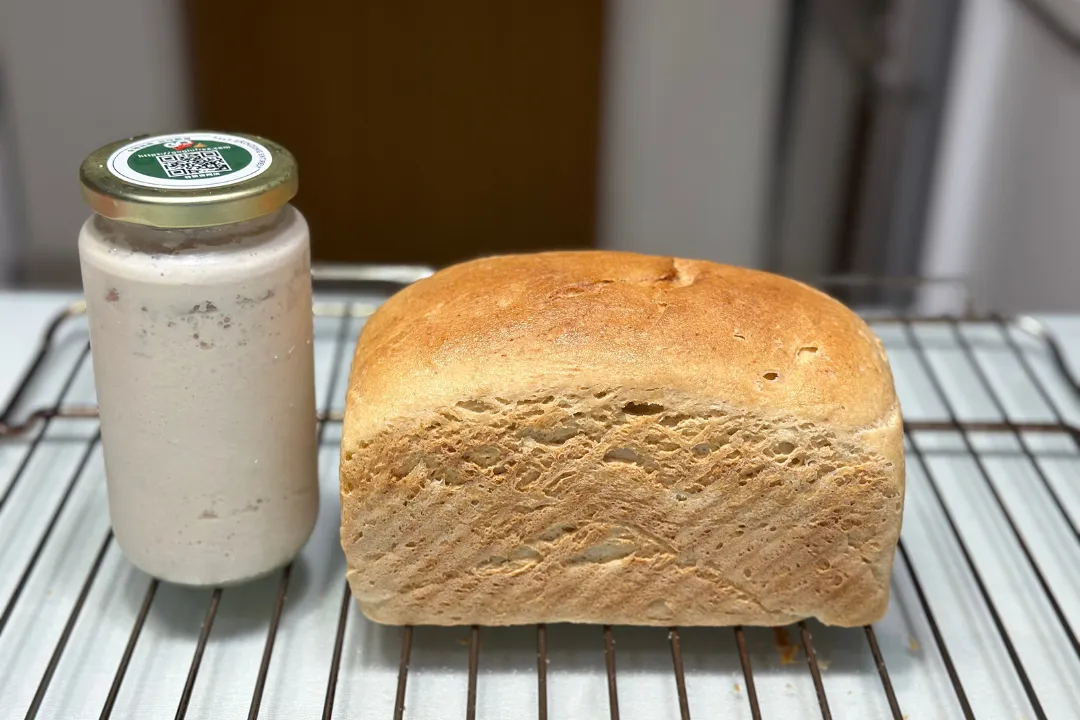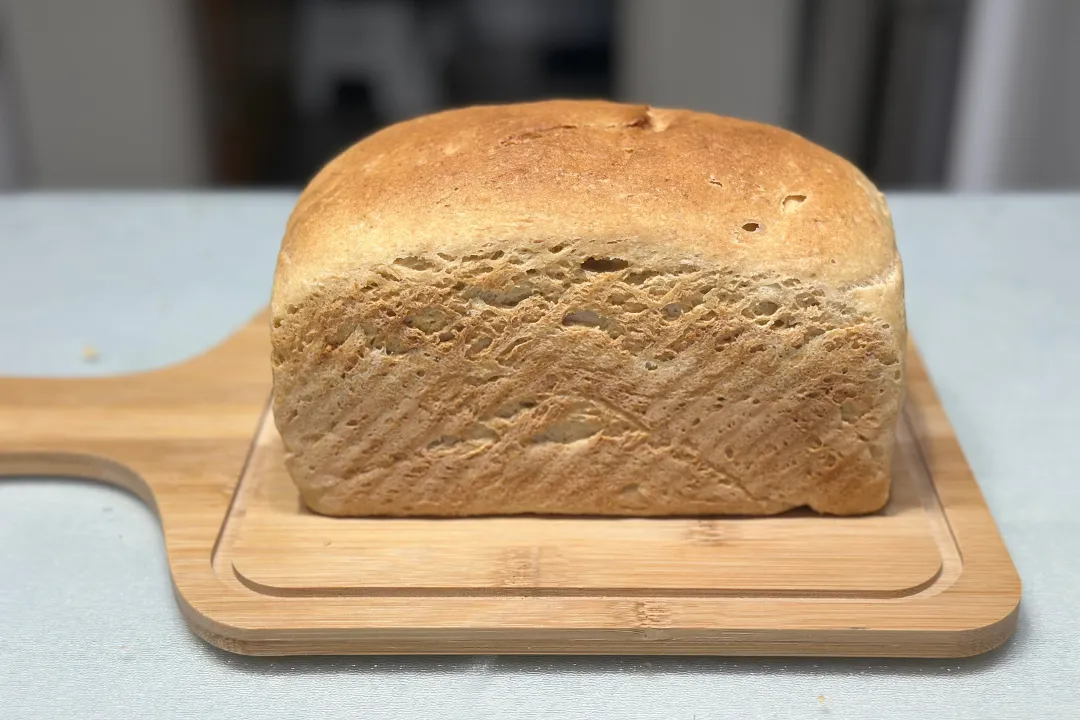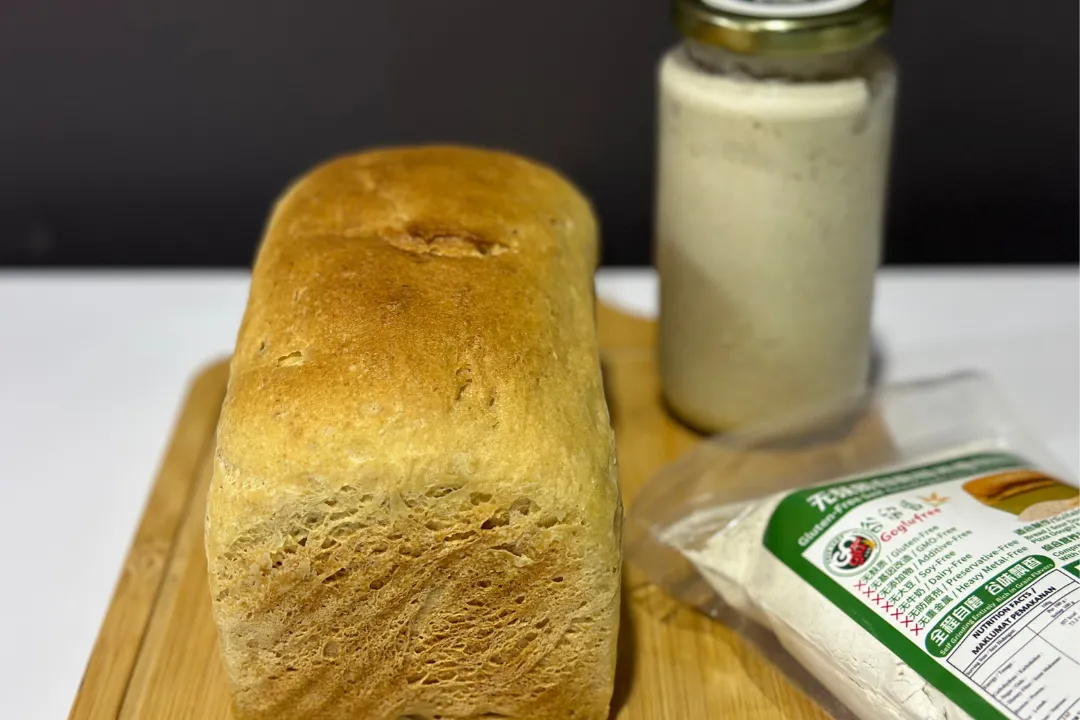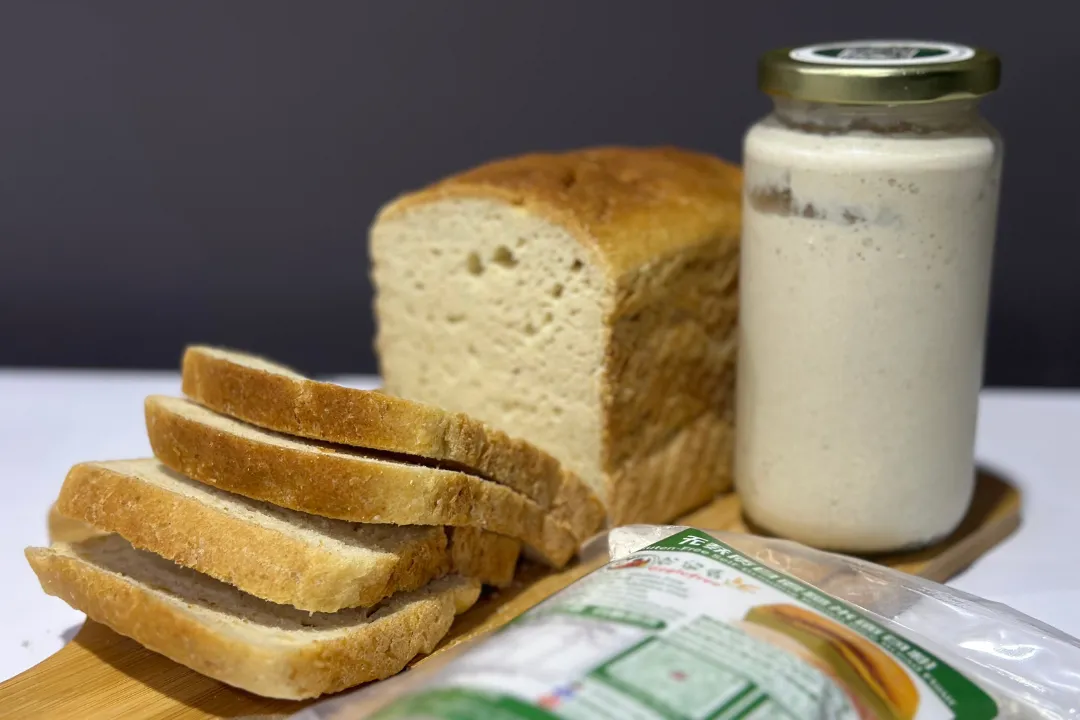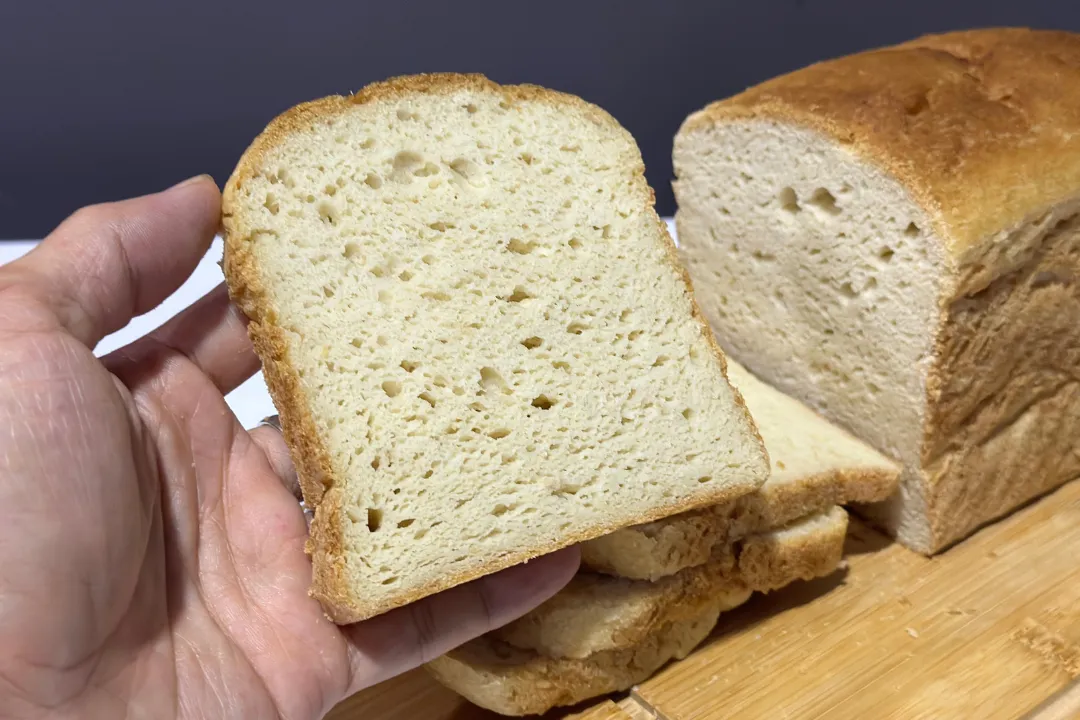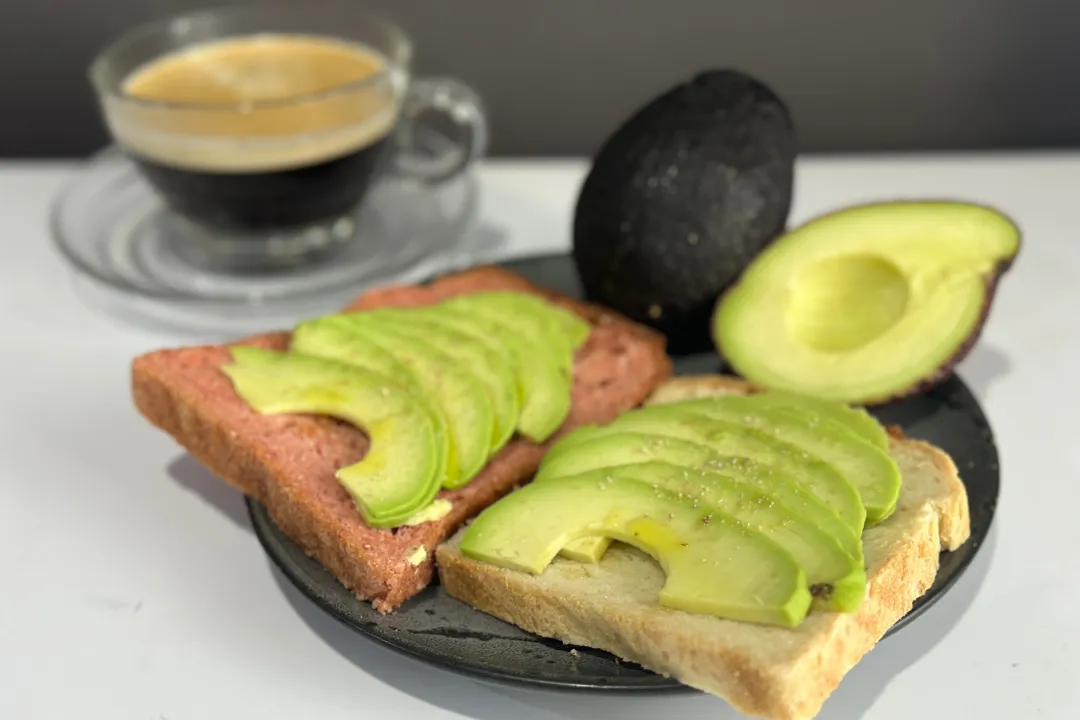
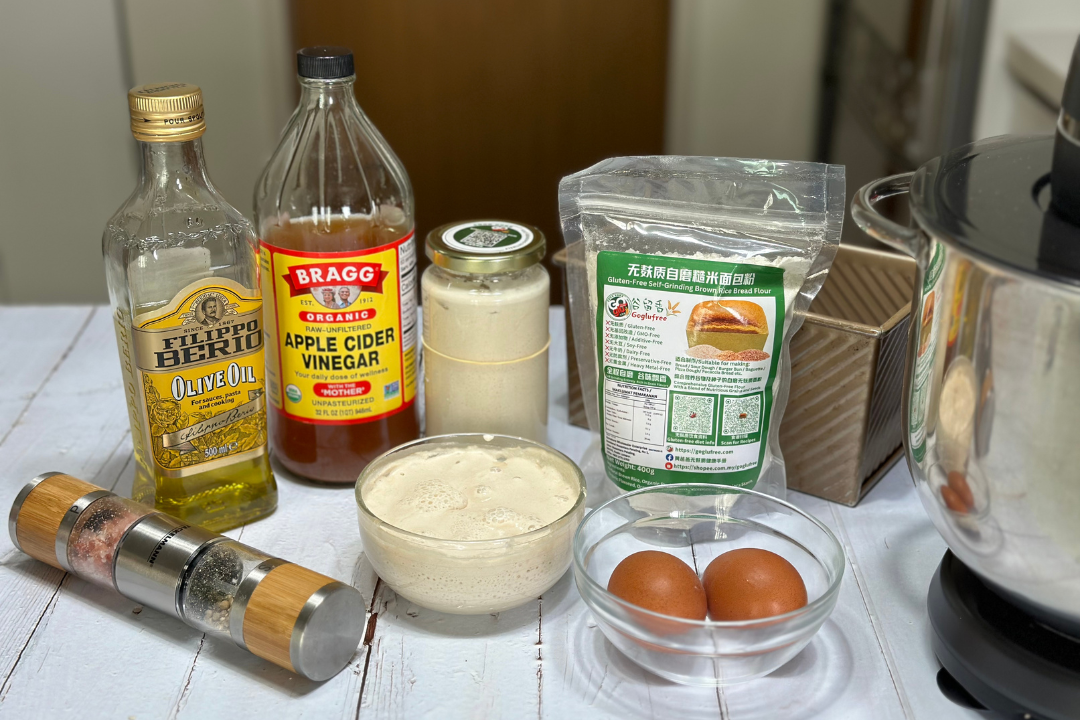
Ingredients for Gluten-Free Sourdough Brown Rice Bread:
- Gluten-free brown rice natural yeast - 150g
- Organic cane sugar - 3g (can enhance fermentation)
- Warm water - 300g (40-50 degrees or 150g cold water/150g hot water)
- Goglufree Brown Rice Bread Flour - 400g (one whole pack)
- Eggs - 2 (large)
- Vegetable oil - 10g (rice bran oil, coconut oil, olive oil, or any high-temperature resistant oil)
- Salt - 2g (optional)
- Vinegar - 3g (apple cider vinegar, rice vinegar, or lemon juice)
Here, a natural sourdough starter is used, fermented for at least 7 days from whole brown rice. However, if you have other types of sourdough starters (gluten-free or not), you can give it a try. Huang Papa experimented with wheat sourdough many years ago, and it fermented successfully, but results may vary, and it's best to experiment yourself.
Refer to the gluten-free brown rice sourdough-making videos:
Part 1: Video Link
Part 2: Video Link
Purchase brown rice flour: Link
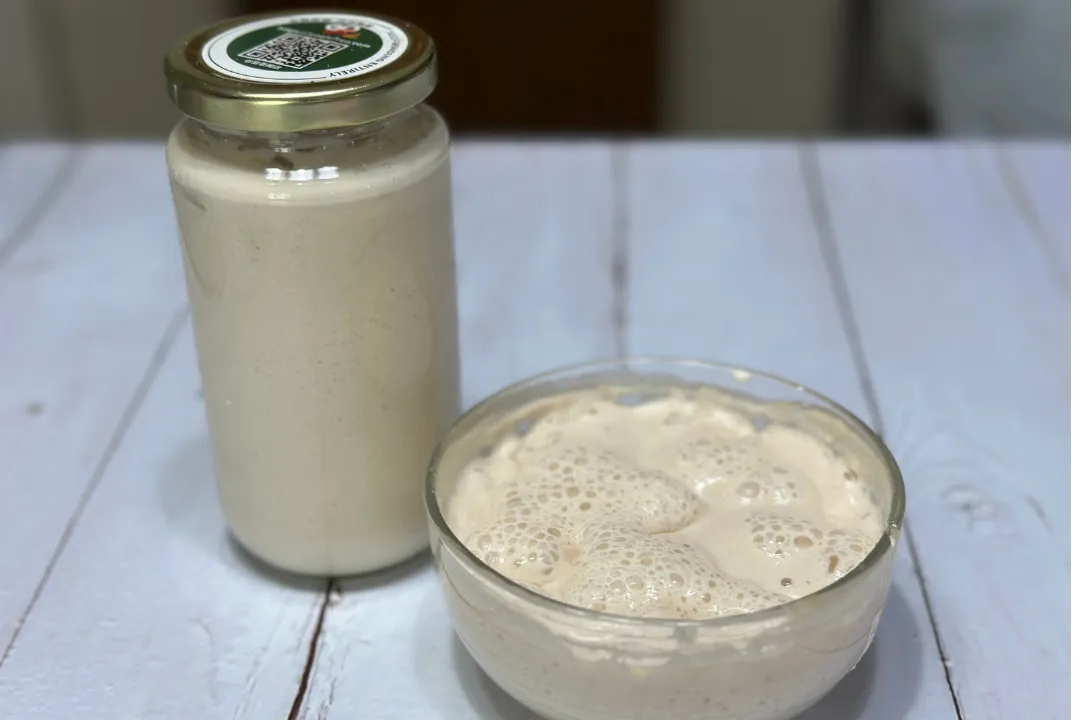
Pour the bread flour into the stand mixer (if you use salt, add it now). Then, pour in the warm water, vegetable oil, and natural sourdough starter together.
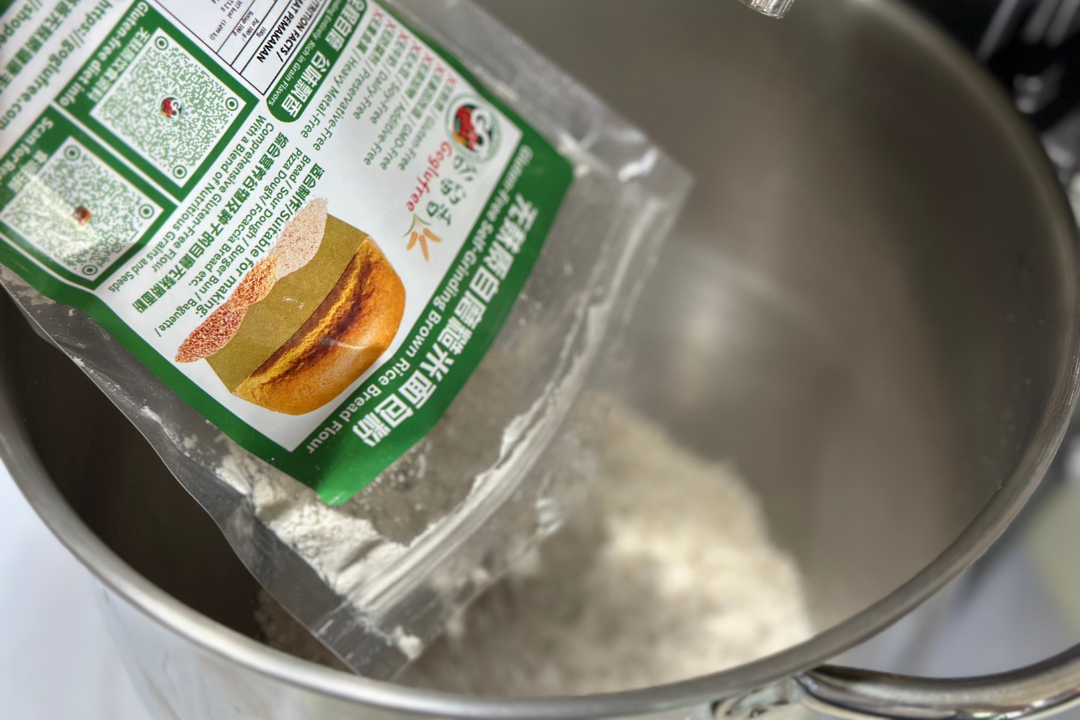
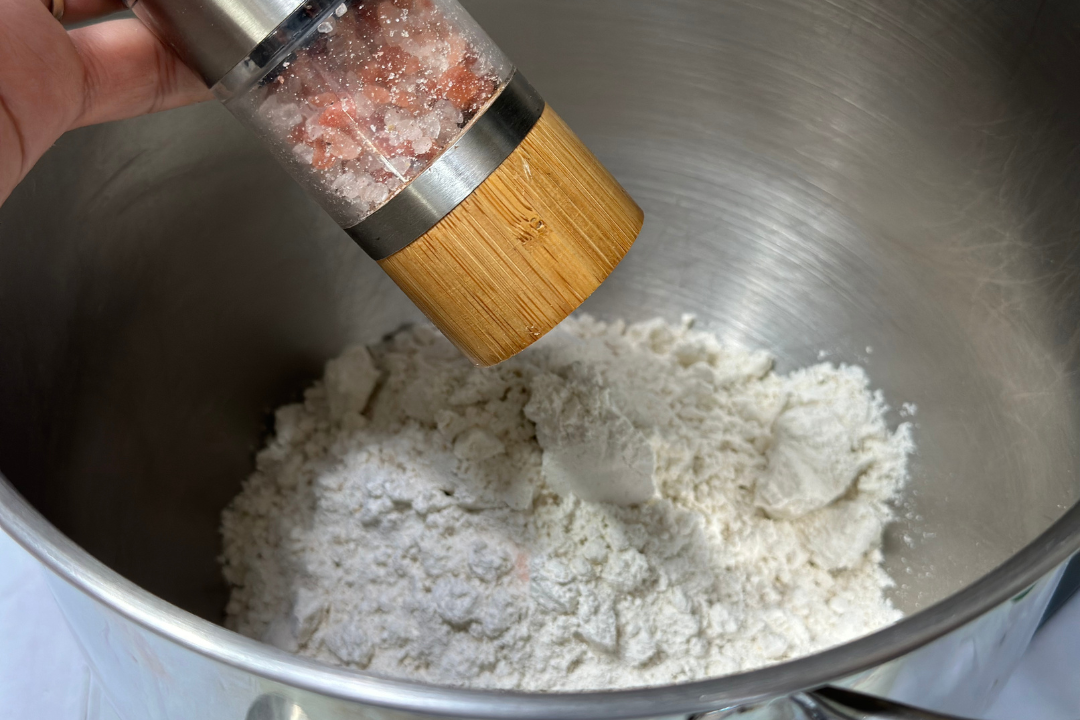

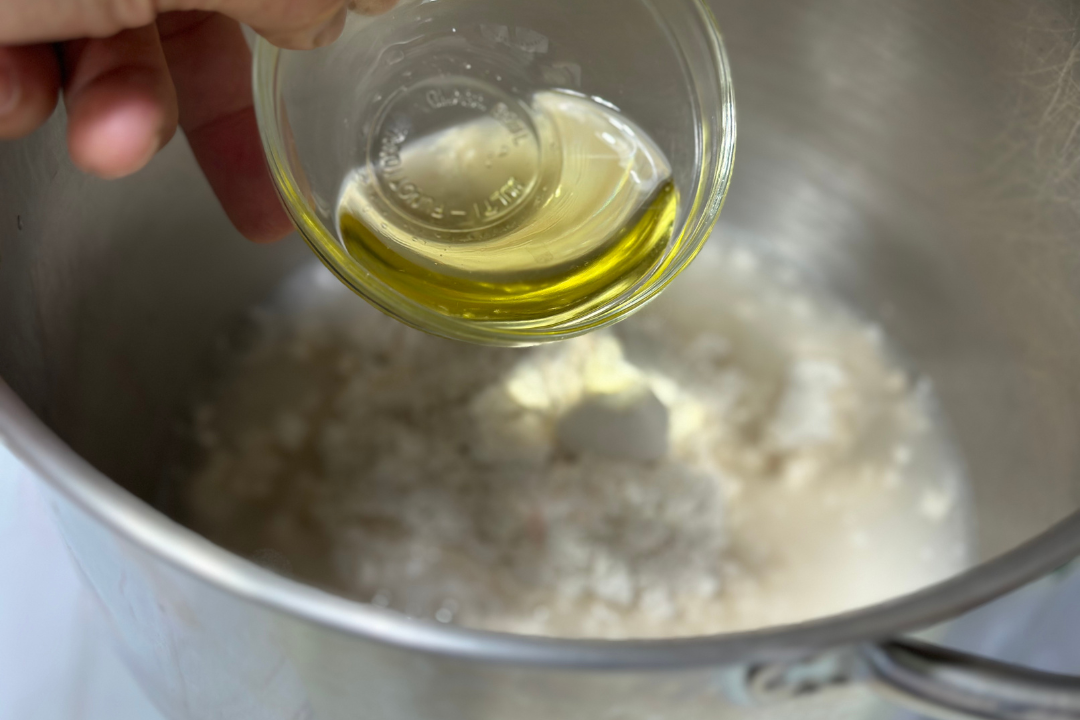

Set it for 2 minutes and mix at medium speed until well combined.
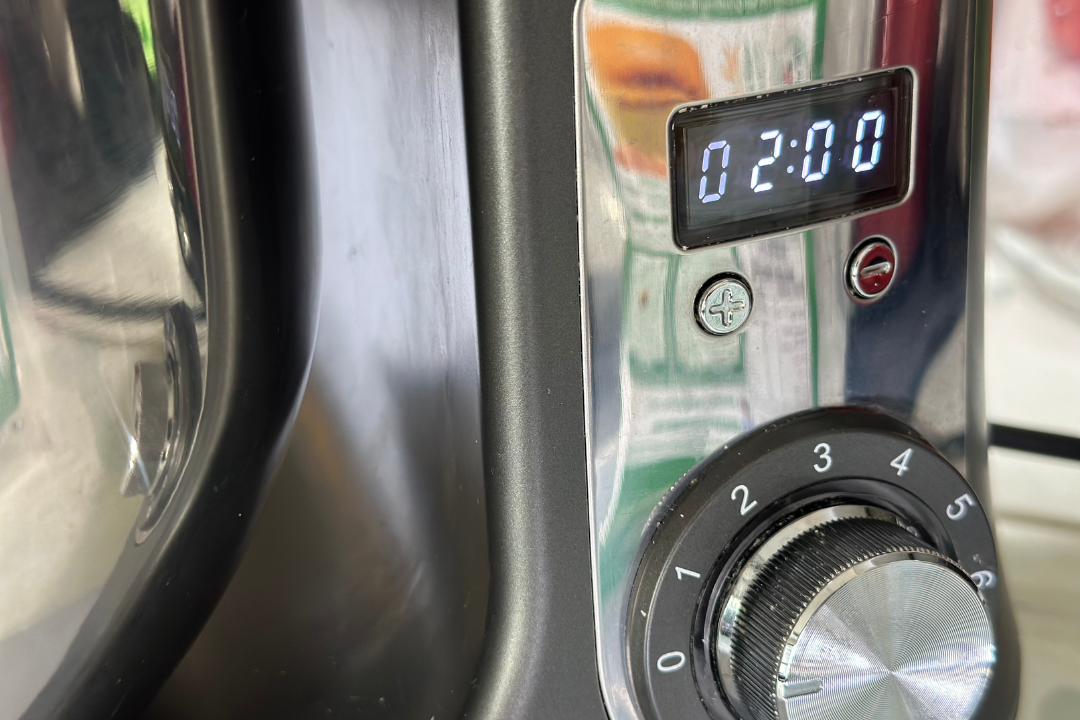
Then, prepare two eggs and gradually add them while running the mixer at medium speed. Continue mixing at medium speed until the batter becomes smooth, which takes approximately 2-3 minutes.
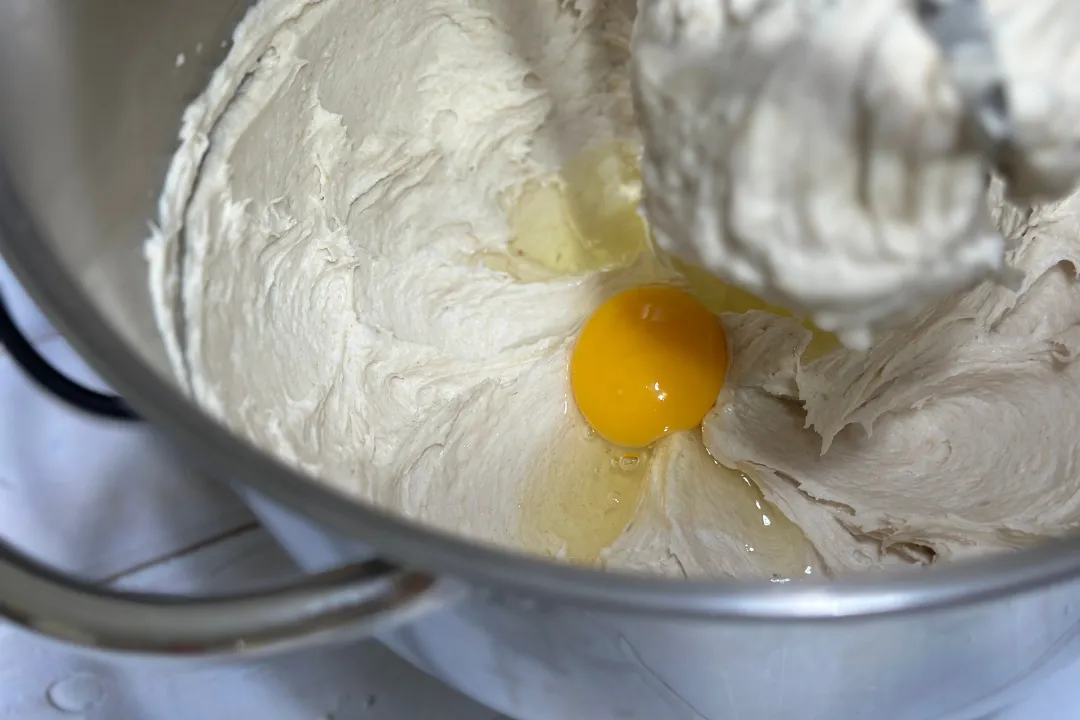
After stopping the machine, use a scraper to evenly mix the batter around the sides to ensure uniform mixing, in case the mixer didn't mix it thoroughly.

Add the final ingredient, vinegar, to the batter. Then, quickly mix until it's uniform and the batter appears smooth (around one minute).
*Friendly reminder: A small amount of vinegar can help maintain the appropriate acid-base balance in the batter, promote yeast activity, and contribute to the development of the dough, enhancing the fluffiness and texture of the bread.

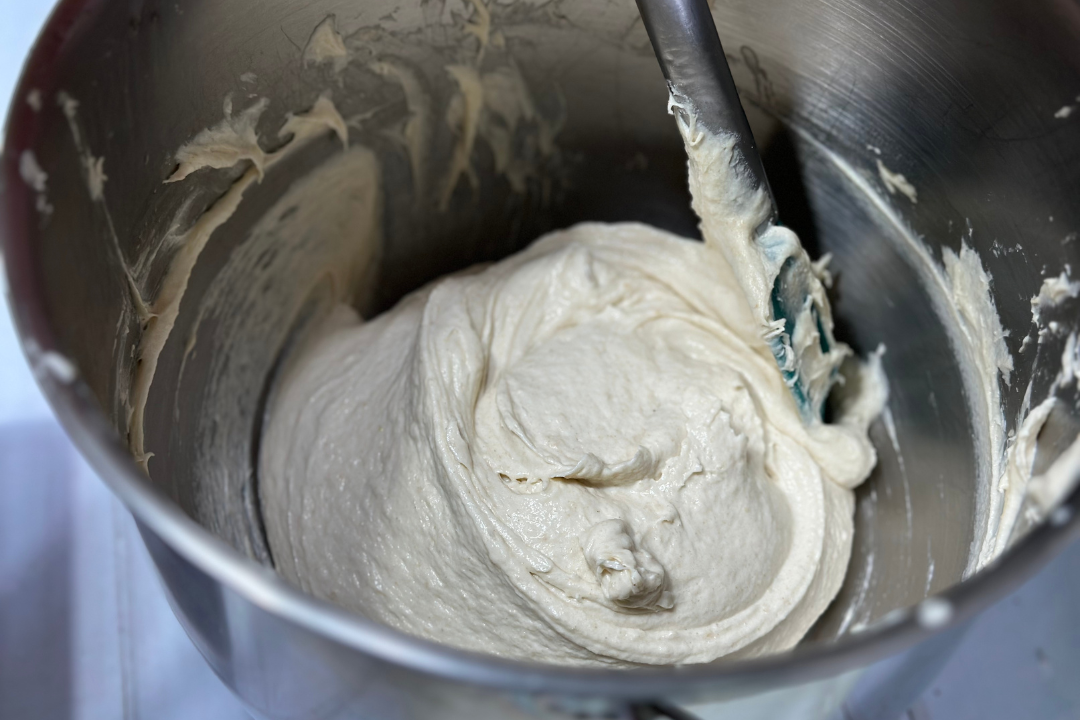
Coat the sides of the bread baking pan with a layer of oil (to make it easier to remove the bread after baking). Then, prepare a piece of parchment paper to cover the opening to prevent the batter from leaking out.

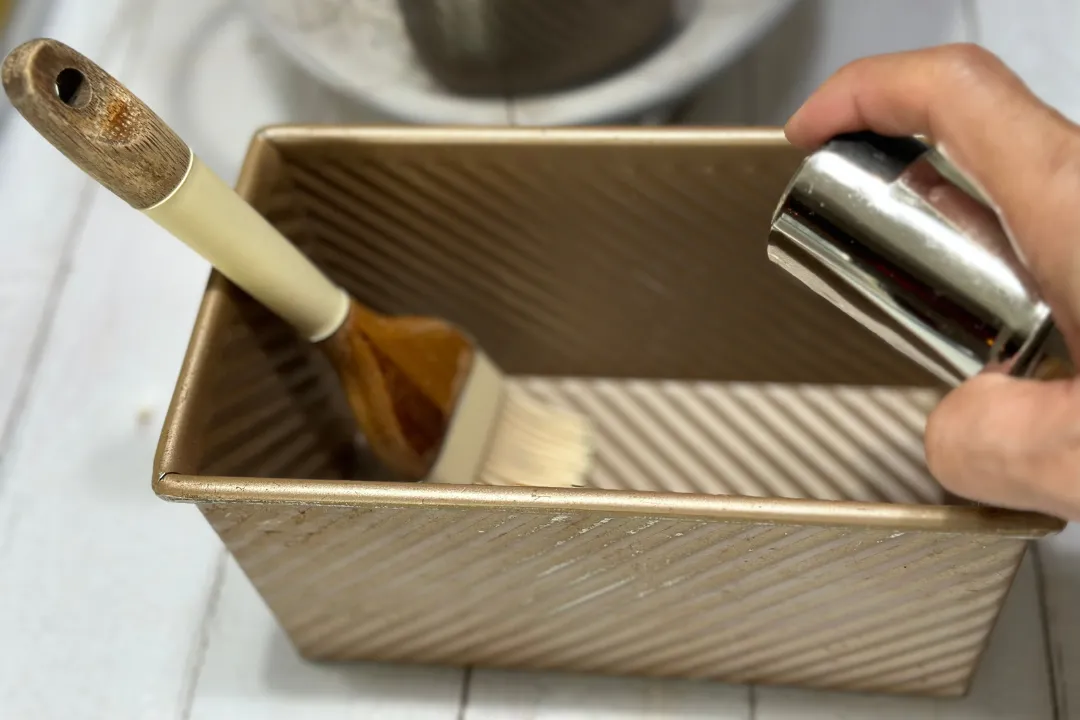

Pour the batter carefully into the baking pan using a spatula, then spread it evenly. It's best to use two spatulas for this step. If the batter is too sticky and difficult to handle, you can coat the spatulas with a little oil to reduce stickiness.
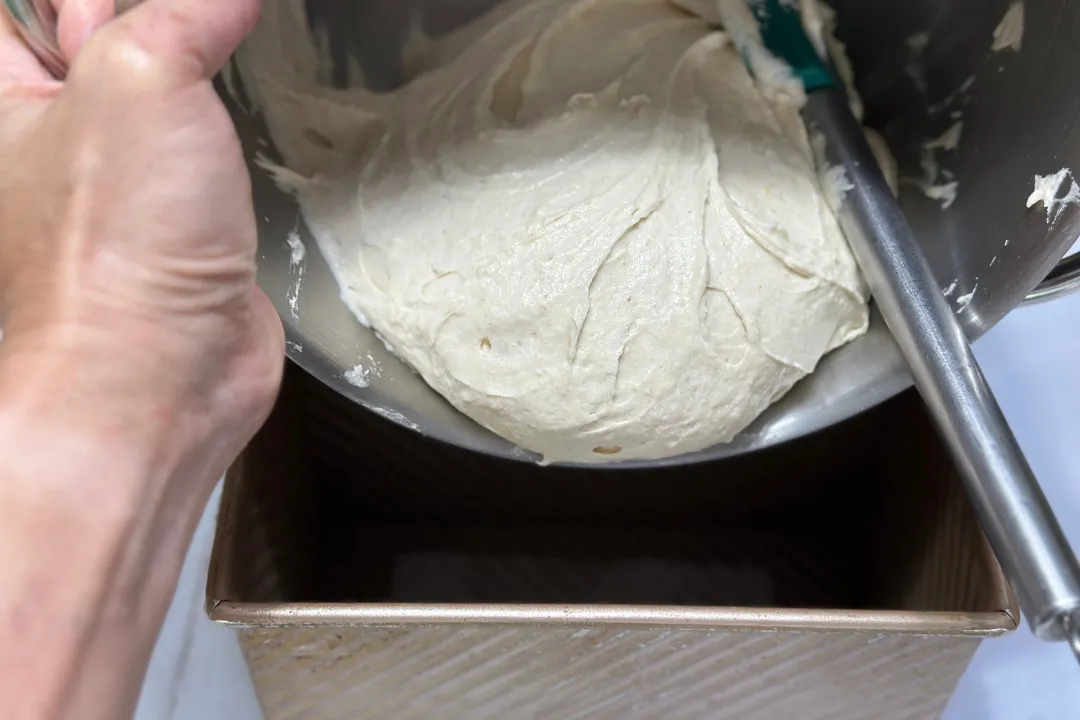

Flattening the batter is the most challenging step in the entire process. Therefore, I recommend using a spatula with a concave surface to spread it, which may be easier than using a flat one. After smoothing the batter, move the baking pan to a draft-free area for fermentation.

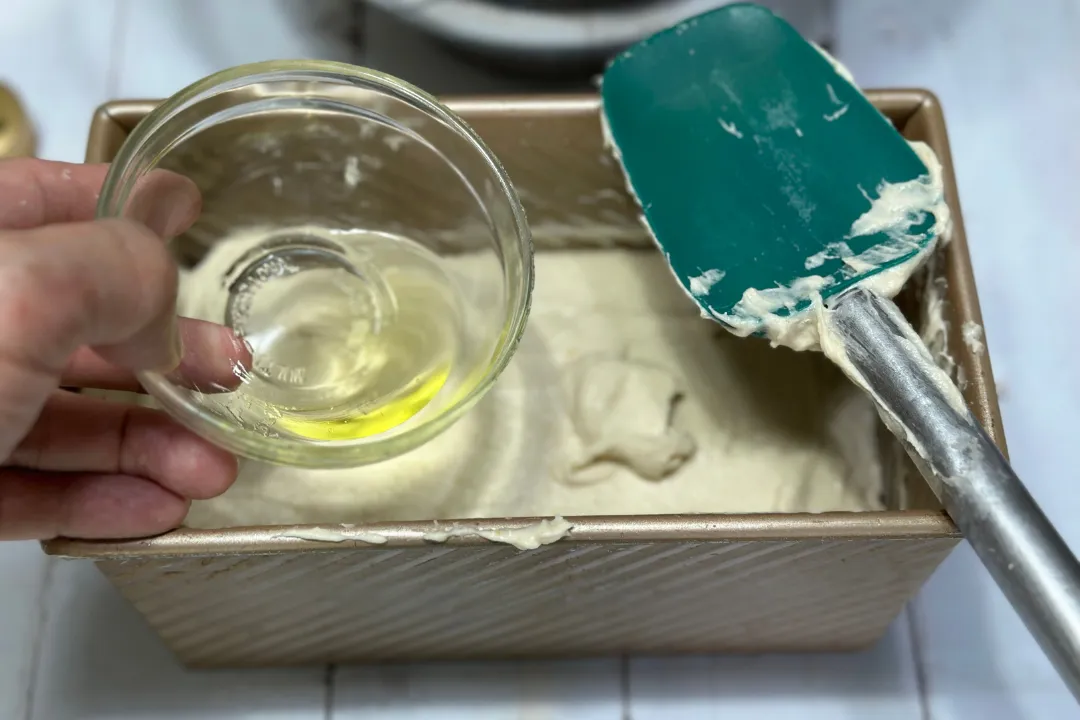
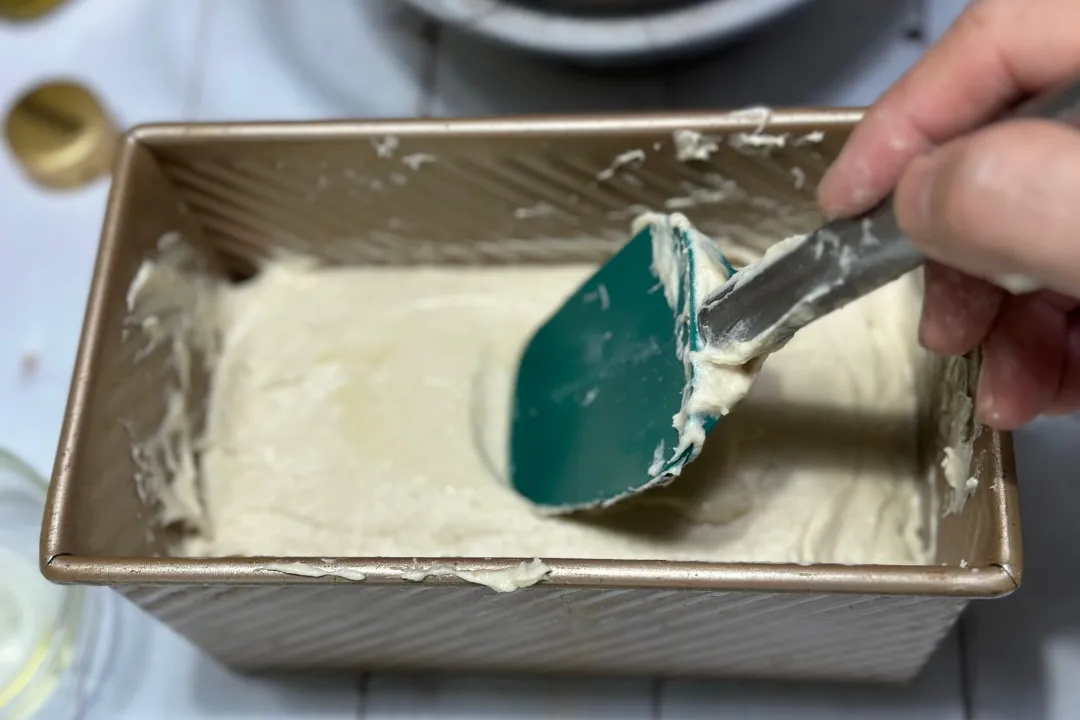
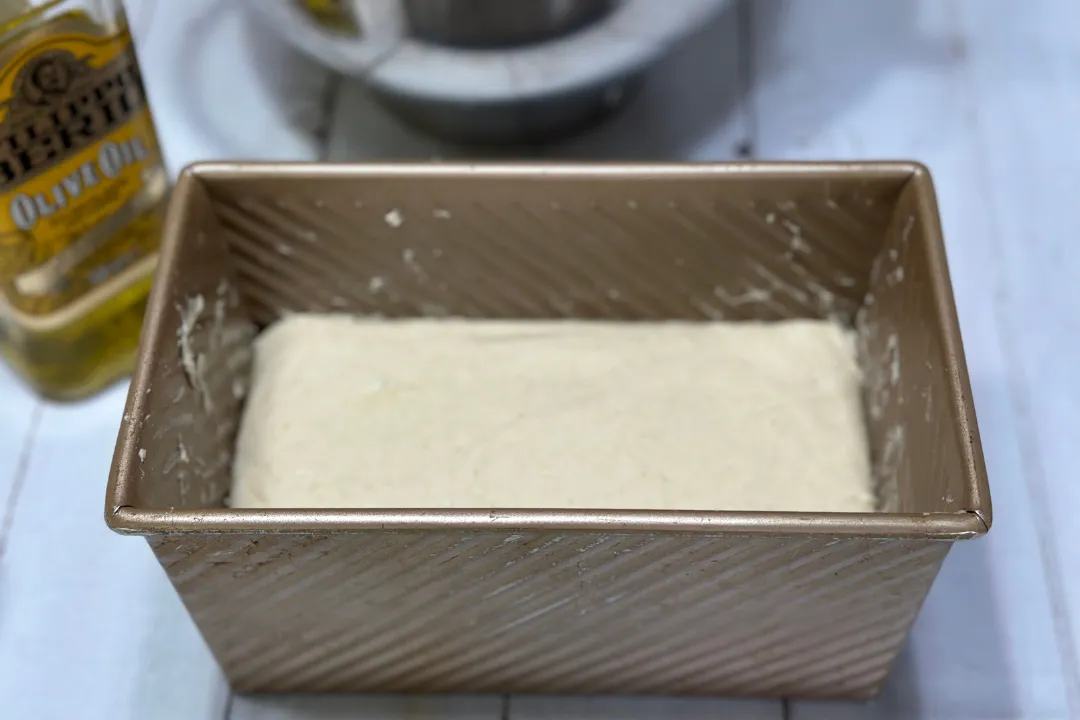
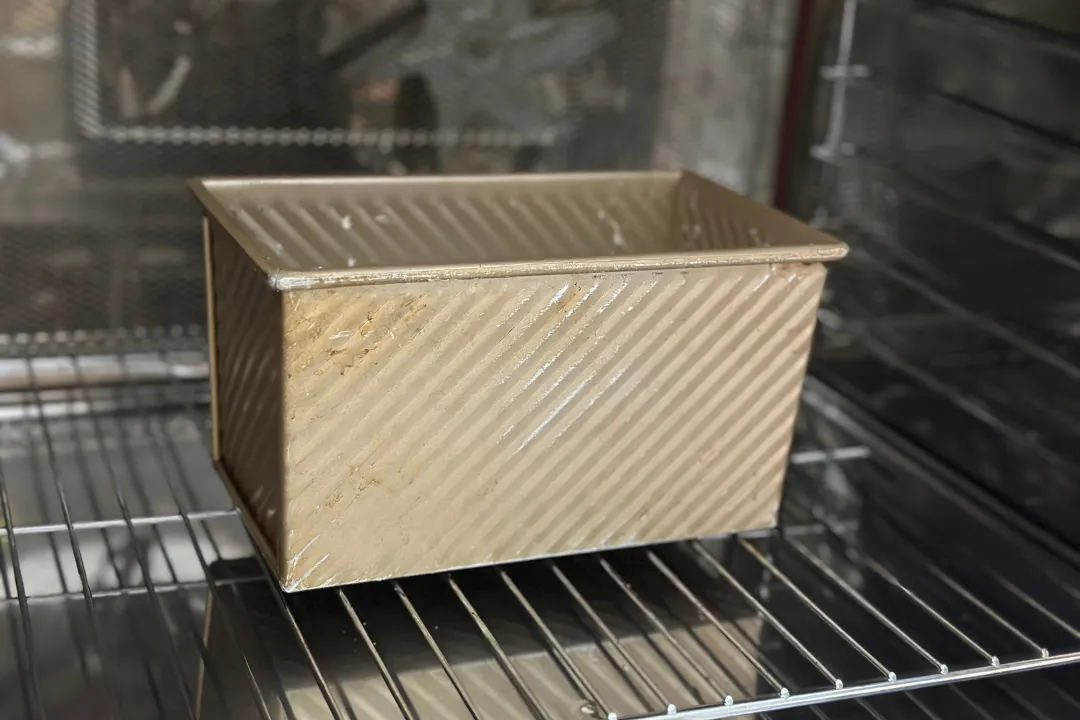
Here is the fermentation progress after 5 hours.
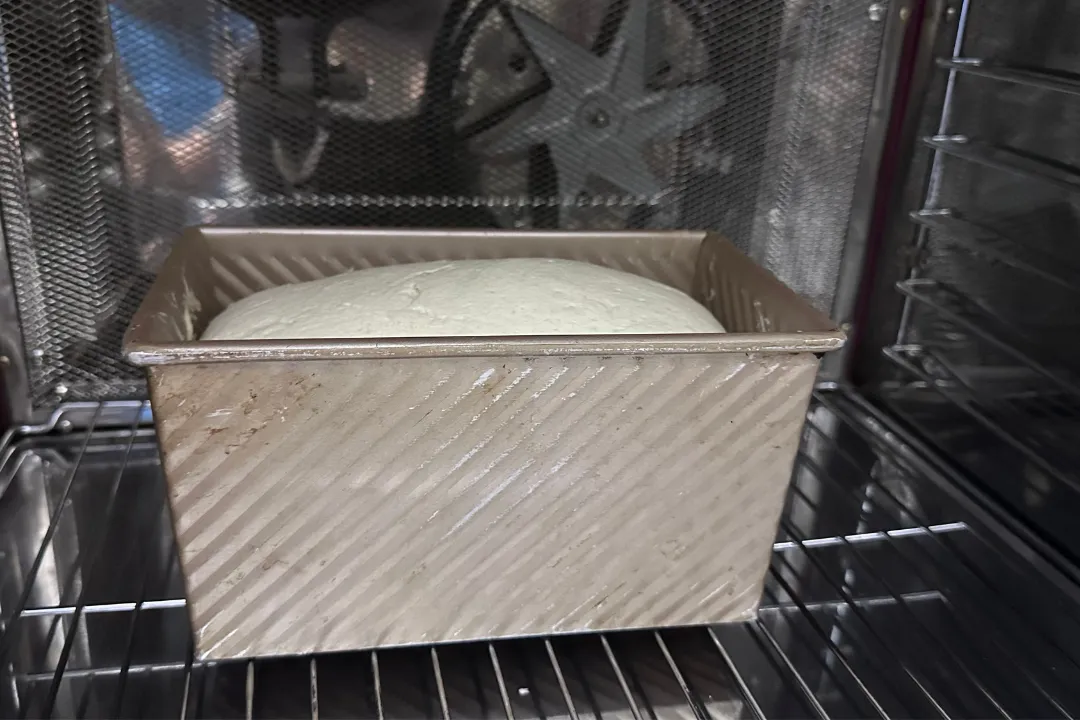
After fermenting for 8 hours, remove the dough. Preheat the oven to 200 degrees Celsius for 10-20 minutes, then apply a suitable amount of olive oil on the surface.
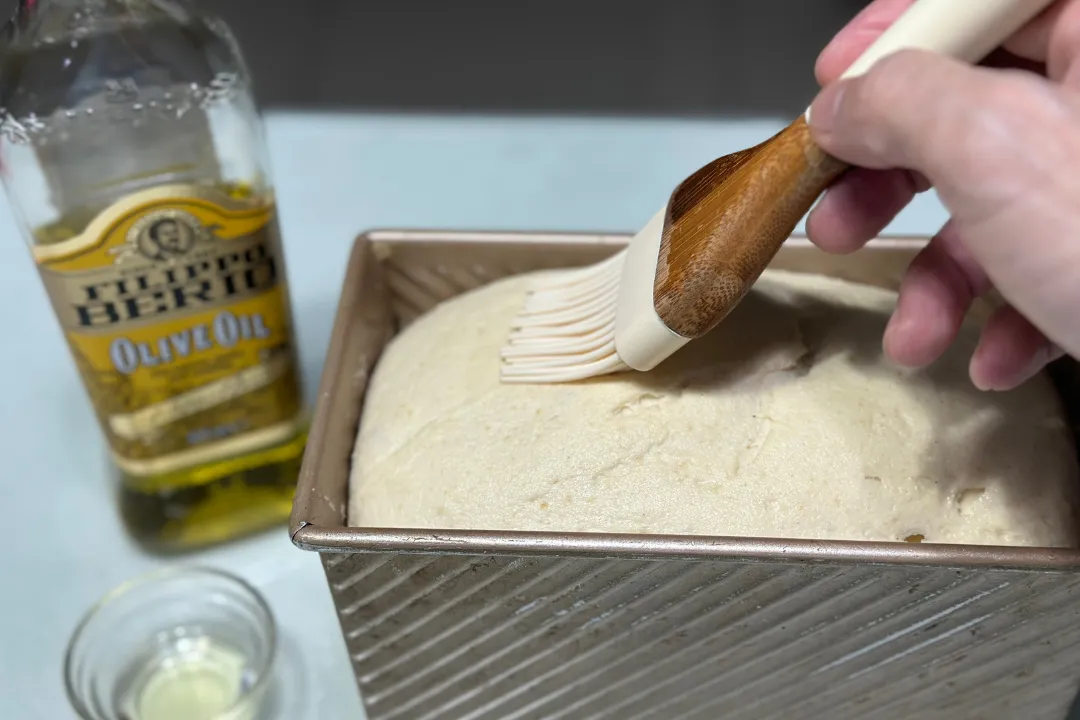
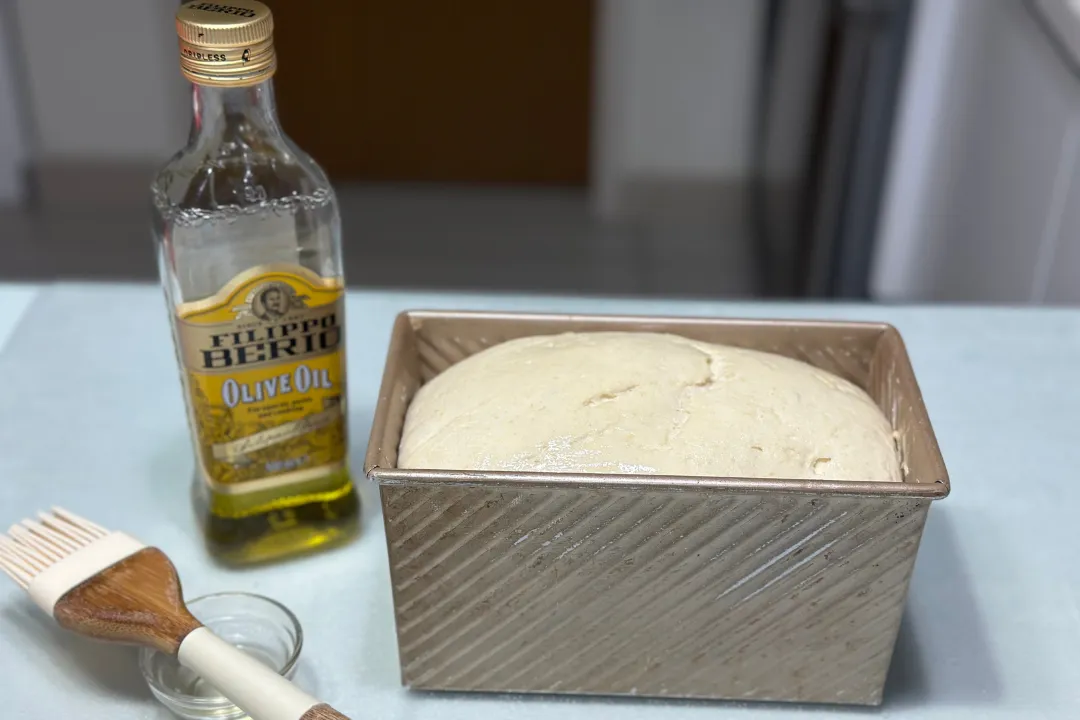
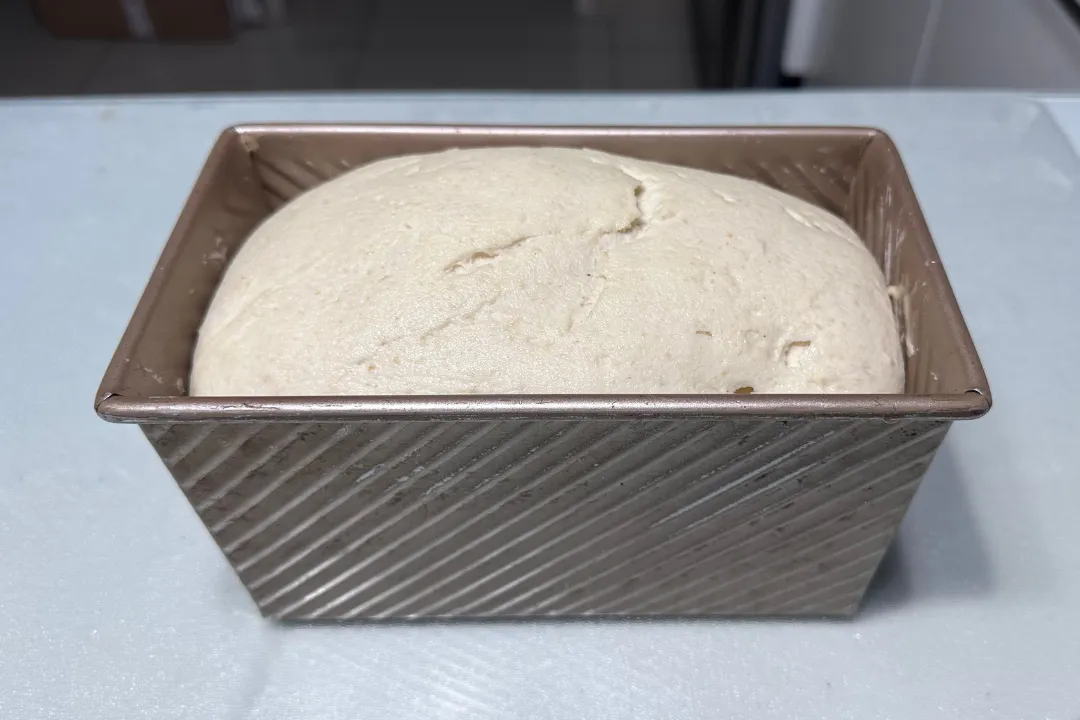
After preheating, place the dough in the oven: Temperature: 200 degrees Celsius Setting: Top/bottom heat Time: 40 minutes.
Baking results may vary depending on individual ovens.
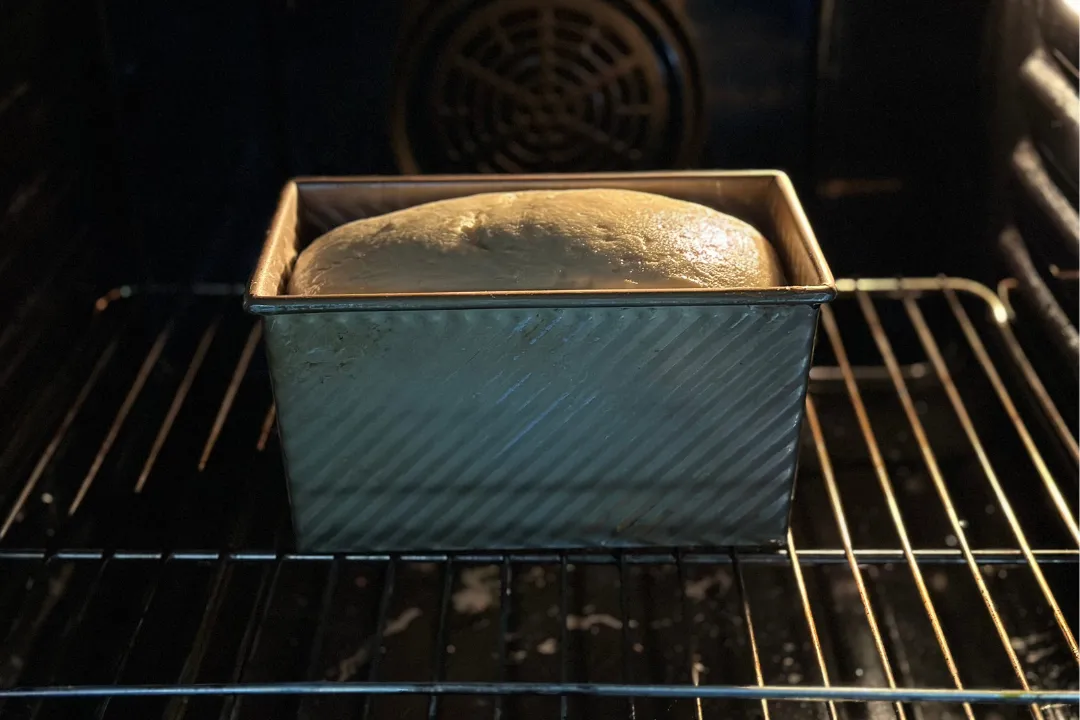
After baking, once again brush the surface of the bread with olive oil to make the crust more vibrant and add the flavor of olive oil.
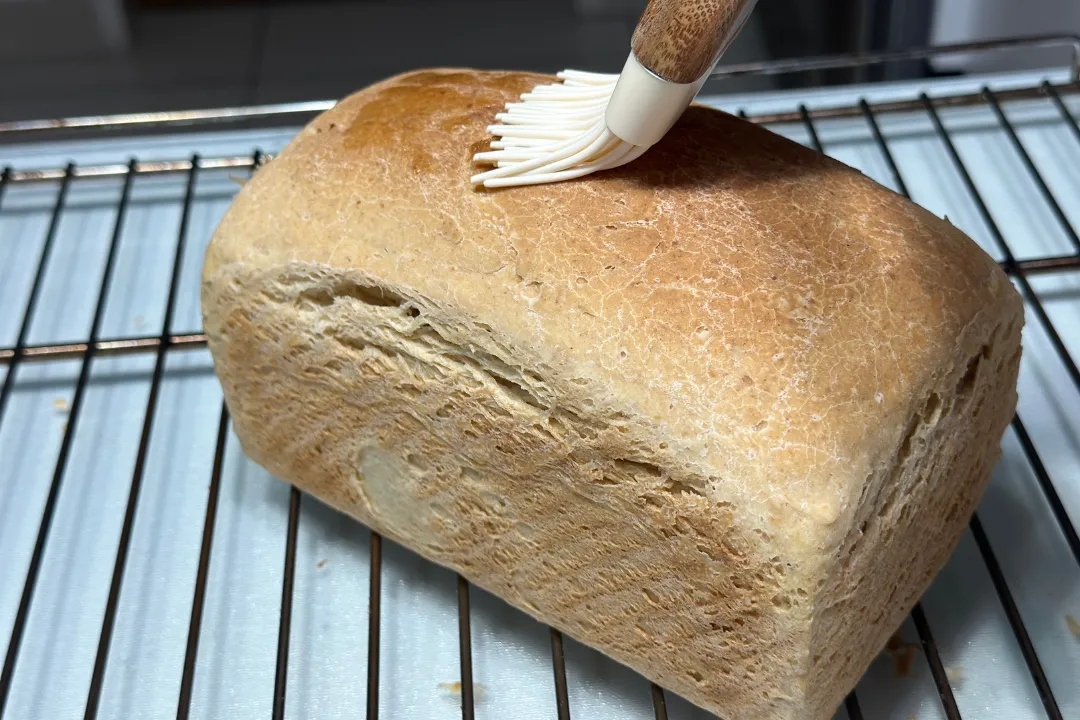
The bread is not encouraged to be consumed immediately after baking because the yeast flavor has not completely dissipated. Please place it on a wire rack for at least one hour to allow the heat to dissipate before slicing and serving.
